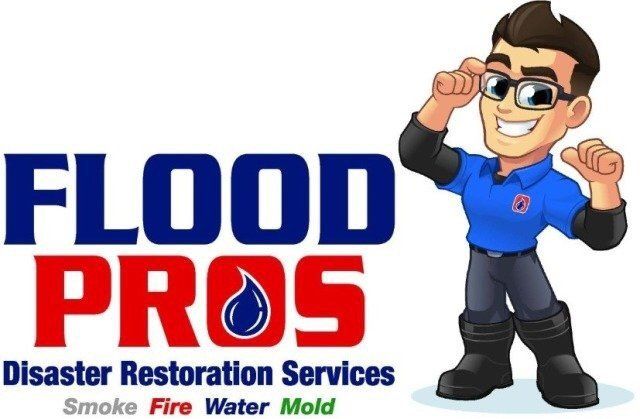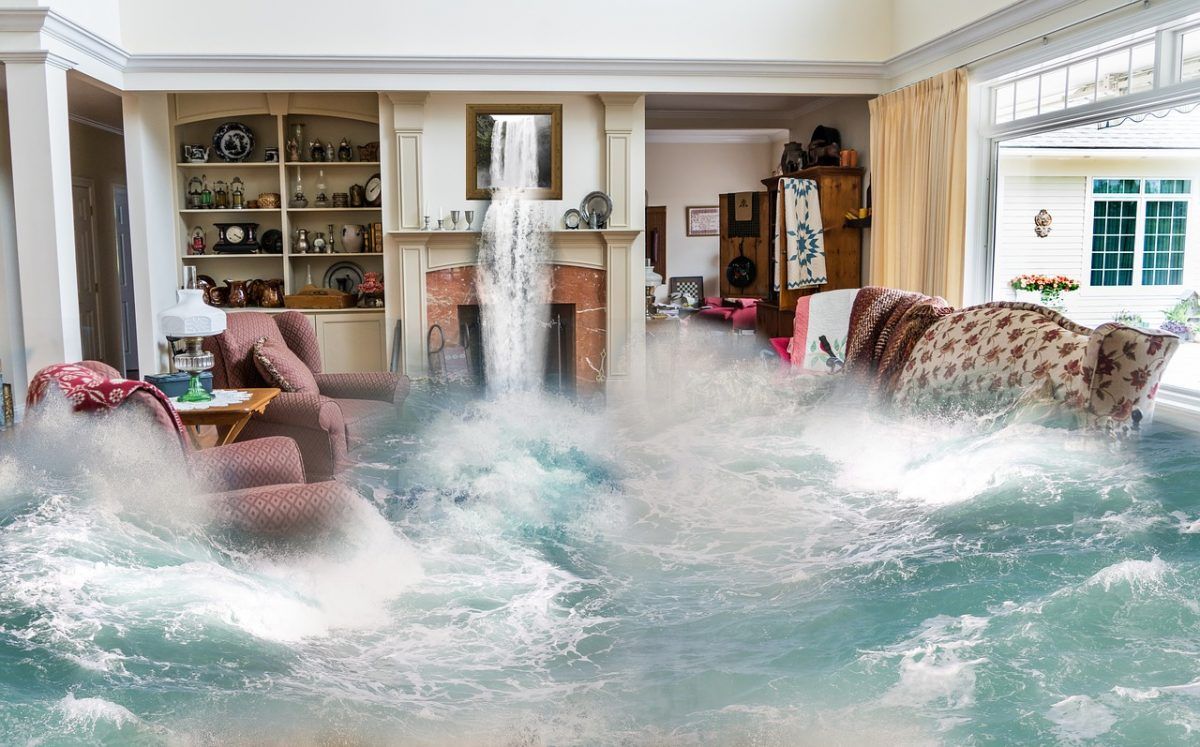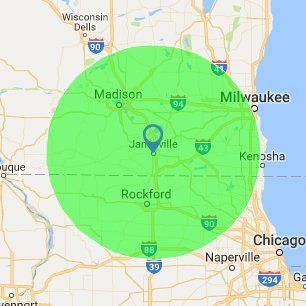Mold Prevention Tips
- By 7055565296
- •
- 09 Apr, 2018
- •
How To Prevent Mold 9 Tips
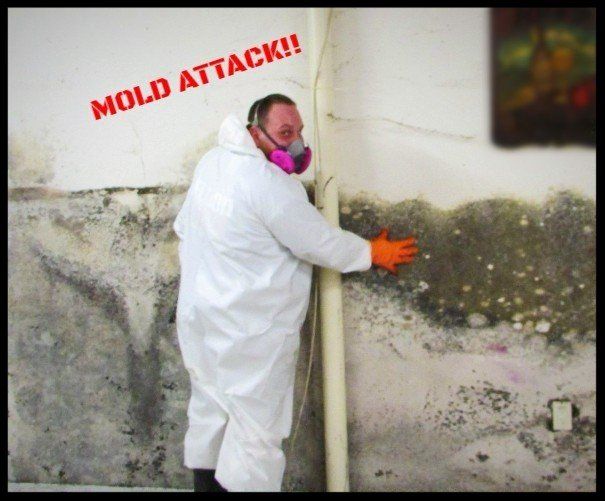
Mold. The very word is enough to make a person cringe.
Yes, mold can be good — it's essential in making brie and penicillin, for example, and necessary for the decomposition of organic matter in nature — but it can also be very, very bad, especially when it grows undetected in your home.
Mold spores spread easily and cannot be completely eradicated.
Mold can grow anywhere: on carpet, clothing, food, paper, and even in places you can't see, such as the backside of drywall, areas inside walls around leaking or condensing pipes, and above ceiling tiles.
Not only is a mold problem difficult and costly to fix, but mold can also produce allergens and irritants (and, rarely, toxins) that may compromise your health.
So what can you do if you're concerned about mold growing in your home?
The best approach is preventing mold before it becomes a problem. The key to mold prevention is simple: moisture control.
Here are nine ways to curb moisture indoors, and the mold that thrives on it.
1. Identify problem areas in your home and correct them. You can't mold-proof your home, but you can make it mold-resistant. Do an audit of your home: where are the problem areas? Does the basement flood? Do you notice frequent condensation on an upstairs window? Is there a water stain on the ceiling from a persistent leak? Preventing mold from growing or spreading might be as simple as ripping up carpet in a damp basement, installing mold-resistant products, or repairing damaged gutters. Or it may be a matter of major excavation and waterproofing. Whatever the case, address the problem now. It might cost some money up front, but it will surely be more costly down the road if mold continues to grow unchecked.
2. Dry wet areas immediately. Mold can't grow without moisture, so tackle wet areas right away. Seepage into the basement after a heavy rainfall, accumulation from a leaky pipe, even a spill on the carpet should be dried within 24 to 48 hours. If you've experienced a flood, remove water-damaged carpets, bedding, and furniture if they can't be completely dried. Even everyday occurrences need attention: don't leave wet items lying around the house, and make sure to dry the floor and walls after a shower. Don't leave wet clothes in the washing machine, where mold can spread quickly. Hang them to dry — preferably outside or in areas with good air circulation.
3. Prevent moisture with proper ventilation. It may be that your routine domestic activities are encouraging the growth of mold in your home. Make sure an activity as simple as cooking dinner, taking a shower, or doing a load of laundry doesn't invite mold by providing proper ventilation in your bathroom, kitchen, laundry room, and any other high-moisture area. Vent appliances that produce moisture — clothes dryers, stoves — to the outside (not the attic). Use AC units and dehumidifiers (especially in humid climates), but make sure they don’t produce moisture themselves by checking them periodically and cleaning them as directed by the manufacturer. Your energy-efficient home may be holding moisture inside, so open a window when cooking or washing dishes or showering, or run an exhaust fan.
4. Equip your home with mold-resistant products. Building a new home or renovating an old one? Use mold-resistant products like mold-resistant drywall or mold-resistant Sheetrock, and mold inhibitors for paints. Traditional drywall is composed of a gypsum plaster core pressed between plies of paper. Mold-resistant drywall is paperless — the gypsum core is covered in fiberglass, making the surface highly water-resistant. Moisture-resistant drywall is especially valuable in areas prone to wetness, such as bathrooms, laundry rooms, basements, and kitchens. Not only is traditional drywall more susceptible to mold than the paperless kind, but it is also difficult to rid of mold, and removal and replacement can be expensive. Mold-resistant gypsum board is also available; the core of the drywall is developed in such a way to prevent moisture absorption, and thus prevent mold growth.
5. Monitor humidity indoors. The EPA recommends keeping indoor humidity between 30 and 60 percent. You can measure humidity with a moisture meter purchased from your local hardware store. You'll also be able to detect high humidity by simply paying attention to potential problem areas in your home. Telltale signs of excessive humidity include condensation on windows, pipes, and walls. If you notice condensation, dry the surface immediately and address the source of moisture (for example, turn off a humidifier if water appears on the inside of nearby windows).
6. Direct water away from your home. If the ground around your home isn't sufficiently sloped away from the foundation, water may collect there and seep into your crawlspace or basement.
7. Clean or repair roof gutters. A mold problem might be a simple matter of a roof that is leaking because of full or damaged gutters. Have your roof gutters cleaned regularly and inspected for damage. Repair them as necessary, and keep an eye out for water stains after storms that may indicate a leak.
8. Improve air flow in your home. According to the EPA, as temperatures drop, the air is able to hold less moisture. Without good air flow in your home, that excess moisture may appear on your walls, windows and floors. To increase circulation, open doors between rooms, move furniture away from walls, and open doors to closets that may be colder than the rooms they’re in. Let fresh air in to reduce moisture and keep mold at bay.
9. Keep mold off household plants. They're beautiful and help keep your indoor air clean — and mold loves them. The moist soil in indoor plants is a perfect breeding ground for mold, which may then spread to other areas of your house. Instead of getting rid of your plants, try adding a bit of Taheebo tea to the water you give to your houseplants. The oil of this tree, which withstands fungi even in rain forests, helps hinder mold growth in plant soil and can be found at natural food stores.
Finally, educate yourself on your region's climate — be it the cold and wet Northeast, the hot and wet South, the hot and dry Southwest, or the cold and dry West — and how it responds to moisture. There is no one-size-fits-all solution when it comes to mold prevention. Knowing what works for your climate and your home is an important first step.
For more info on mold prevention, check out this article from Mother Nature Network: Moisture-resistant building products
MNN homepage photo: mattimattila/Flickr
Referenced By: https://www.mnn.com/your-home/at-home/stories/how-to-prevent-mold-9-tips
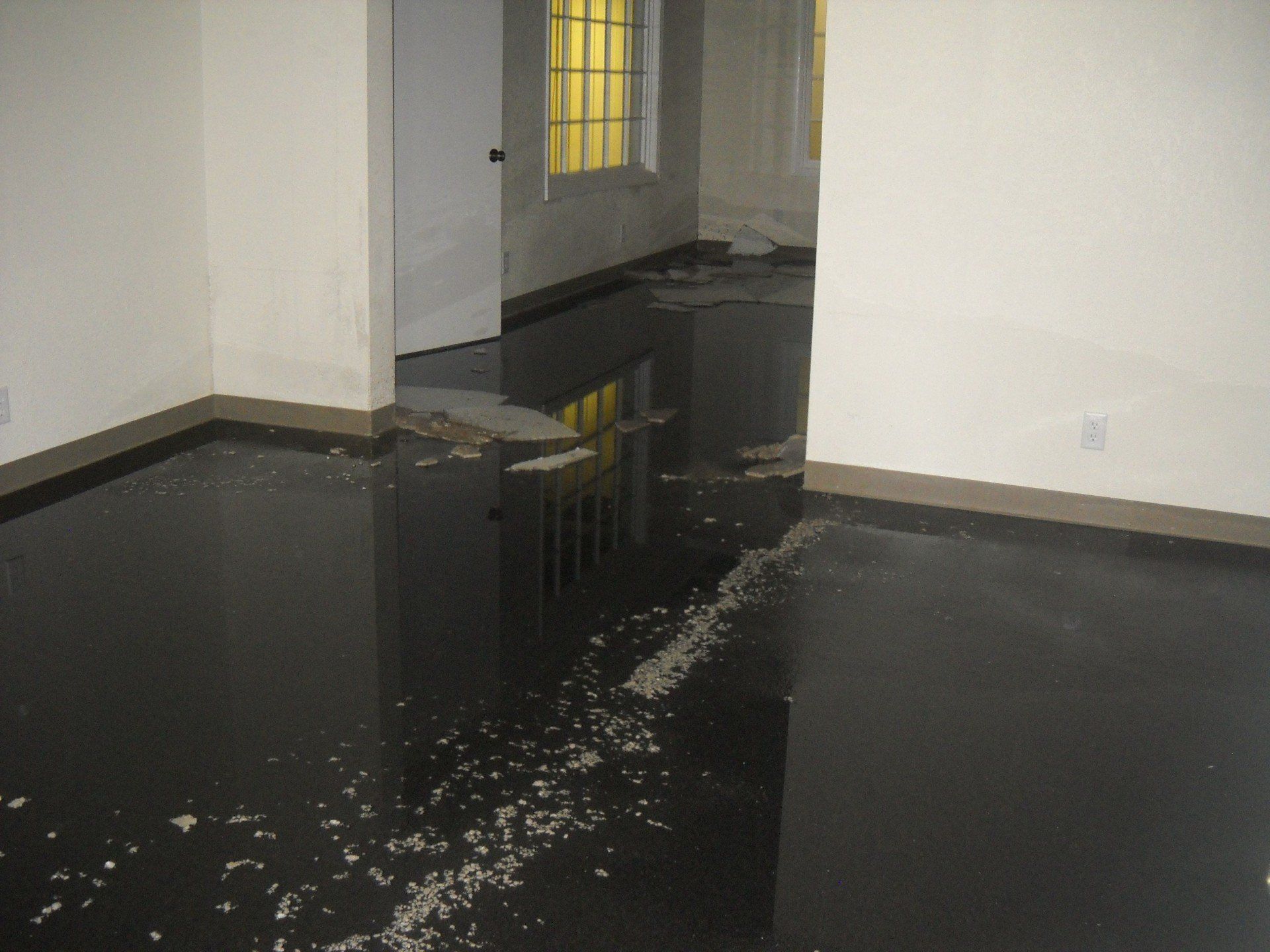
- Clean and maintain gutters and downspouts : Cleaning your gutters and maintaining your downspouts is an essential part of maintaining your home. By keeping your gutters free of debris and ensuring downspouts are properly positioned away from the foundation, water from rain and storms will flow freely, rather than pooling up against your home. Downspouts should direct water at least three feet away from your foundation; in most cases, using downspout extensions or troughs is necessary to achieve this distance. While cleaning your gutters and maintaining your downspouts can be a bit of annoyance. It's a relatively simple and inexpensive task.
- Properly landscape your yard : The slope of your yard or the shape of your flower bed could be contributing to your water issues. Seems crazy, right? Consider this: If the slope of your yard directs water towards your home, water will pool up around your property, and eventually find a way in. Depending on your specific landscaping issue, you may need to regrade your lawn, or even have a French drain installed.
- Inspect and repair foundation cracks: Cracks in your home's foundation can act as as open invitation to water intrusion. To prevent basement flooding or water damage, visually inspect the exterior of your foundation, basement walls and floors on a regular basis. If you come across any cracks during your inspection CALL FLOOD PROS TO REPAIR 815-398-2379.
- Practice proper sump pump maintenance: Sump pump failure is the most frequent cause of basement floods. If your home has a sump pump, you've already got a great defense in combating mold, water damage, and flooding. However, simply owning a sump pump doesn't give you a "get out of jail free" card - you've got to maintain it too.
- Inspect sewers and clean septic systems: When was the last time you had your sewer inspected or your septic tank cleaned? Skipping out on sewer inspections and septic tank cleanings is a sure fie way to invite havoc into your home, as clogs, sewer backups and overflows and bound to eventually happen with lack of maintenance.
- Install Window Well Covers and Window Well Repairs: Homes with below-grade basement windows should always be protected with window well covers. When fastened securely over your basement windows and latched on to your home's foundation, window well covers work wonders in waterproofing your basement. To keep your basement bright, look for clear acrylic window well covers.
- Get familiar with your insurance: Do you have flood insurance? How about additional coverage for sewer backups? This won't prevent basement flooding per se, but if you don't know the answer to either of these questions, take a few moments to review the details of your home's insurance policy.
The Overall lesson: Be a proactive homeowner
As much as we hate to say it, owning a home is never a walk in the park. Whether problems arise from flooding, fire damage, or even mold growth , issues are bound to occur - after all, there's no such thing as the "perfect home." By being a proactive homeowner, you can spot small and easily fixable issues before they become full-blown disasters. When it comes to a dry basement, a little bit of pro-activeness goes a long way.
Article Referenced By: Justin Woodard
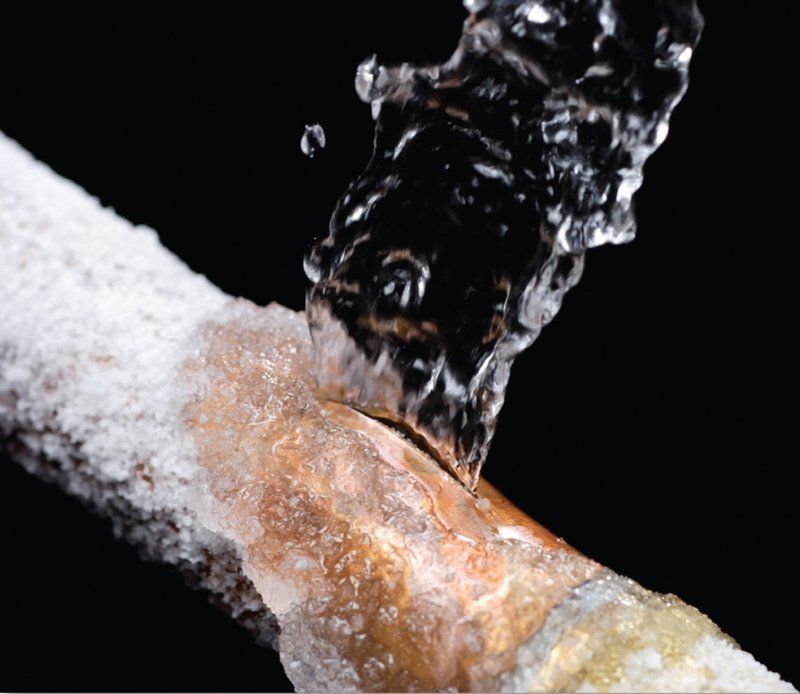
Homeowner Tips: What to do when you have Frozen Pipes
1. Locate your main water shut of valve and immediately turn off your water supply. Now, follow that pipe until you find frost on your pipes.
2. Stay Safe, if there are electrical outlets plugged in and there is standing water anywhere in the home call a plumber immediately, if there is a need for water cleanup or water damage in the home call Flood Pros.
3. Grab a dehumidifier, a mop, a bucket, and a heating element (space heater, hair dryer, heat lamp) and begin thawing the pipe. (DO NOT USE A TORCH OR FLAMMABLES)
4. As you start to thaw the pipe, any cracks that resulted from the expansion of the water in the pipes as it froze will start to leak, this is why we have our bucket. If you catch any water before it hits the floor, you will save a ton of headache from mold and mildew.

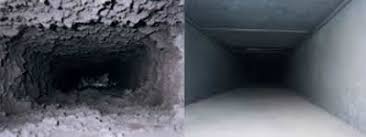
- Restore and raise efficiency of your HVAC systems
- Eliminates bad odors
- Reduces risk of mold growth and circulation of dust and allergens
- Reduces symptoms of allergies of occupants
- Reduces the need for dusting
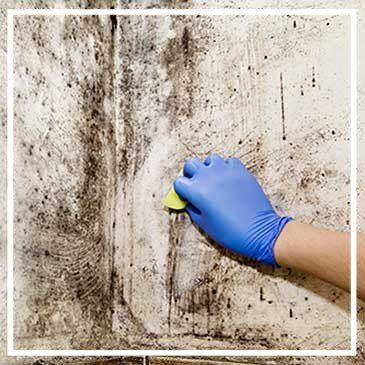
- Sump Pump
- Check it yearly, ensure it is the correct size for your home. Get a battery backup in case of a power outage. Keep discharge lines clean and clear.
- Check gutters and downspouts , they could have gotten mis-placed or damaged throughout the winter months. Always keep the spouts away from your home or business.
- Inspect foundation and basements for cracks and or seepage areas. Most seepage is NOT covered by your homeowners policy. It is the homeowners responsibility to prevent water from coming in the home. CALL FLOOD PROS to fix and seal those cracks.
- Check Insurance Policies - A Finished basement should always have a backup rider on their homeowners policy.
- Prevent moisture with proper ventilation . Open a window when cooking, have vents in bathrooms when showering, have a dehumidifier in places where there is a less air flow.
- Keep mold off household plants . The moist soil is a perfect breeding ground for mold.
- Dry wet spots immediately .
- Stay out of any areas that Mold is present.
- KNOW where your water shut off is . If any water accident occurs you will prevent a ton of damage by shutting off your water as soon as you can.
- Don't try to remove mold , Flood Pros has a specialized procedure and proper anti-microbial products to remediate mold. DO NOT use bleach, it does not kill mold.
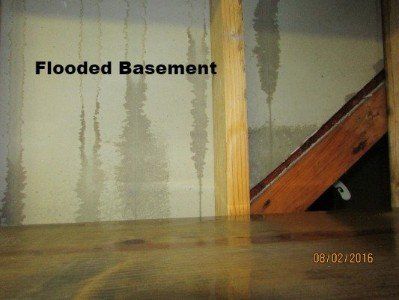
Melting snow can pool around your home and when it melts can seep into your foundation. Shovel the snow away from your home.
2. Check Gutters and Downspouts
When gutters are clogged water will run off the side of the gutters causing water to run down your home and possibly cause seepage into the foundation. Clean those gutters and check all downspouts to ensure they are positions correctly, away from your home.
3. Inspect Basement and Foundation
Check where the wall and the floor meet in your basement. This is a common place where a foundation will crack and result in seepage in your basement. CALL FLOOD PROS restoration to seal cracks in foundation with our waterproofing proven techniques.
4. Check Insurance Policies
Most seepage is not covered by insurance. However, if your sub-pump malfunctions or backs up you can add a rider onto your policy so you will have coverage in case of a sub-pump failure.
5. Sub-pumps
If you do not have one and have a basement we would highly recommend putting one in. In case of a power outage we would also suggest getting a battery back up on the pump. Make sure it is working correctly and it is big enough for your home.
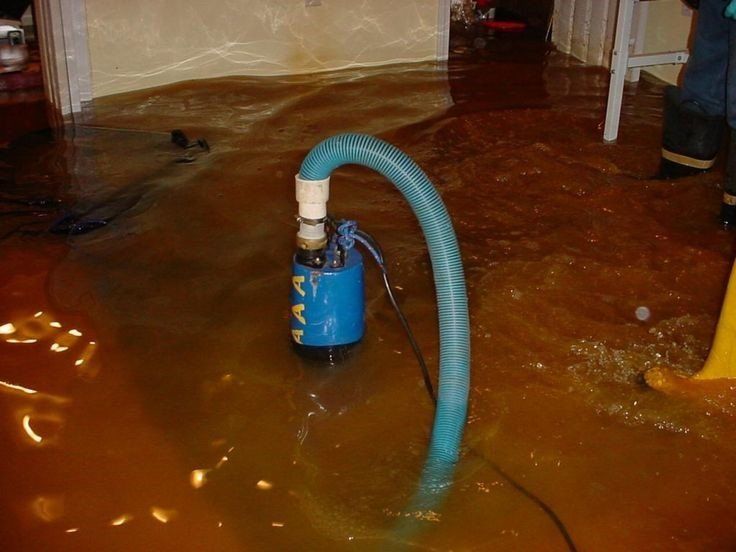
Is your basement dry? You might want to thank your sump pump.
Your sump pump works hard to keep your basement and the possessions it holds dry all year long. It detects when rain water and snow melt are rising and pumps it out before it rises above the floor level.
However, in order for your sump pump to function at its best, it’s important to check up on it yearly. Make it a habit to check your sump pump every spring to make sure it’s working, that way your risk of a surprise puddle in your basement stays low. Cross these four simple tasks off your spring cleaning to-do list and enjoy the year while staying flood-free.
Open it Up: Take the cover off of the sump pump pit or basin and have a look inside. Clear any debris, mud or rocks that you find inside – this helps prevent it from clogging.
Components Check: Peek and make sure the drain hose is connected, and that it’s not blocked or frozen. Also check the inlet screen and clear it of any debris.
Keep it Afloat: Make sure the float component can move freely and isn’t blocked.
Flow Strategically: Go outside and make sure the water being pumped out is directed away from your home.
Do a Test Run: Fill the pit with a bucket of water, which should trigger the sump pump to be activated. If it doesn’t, make sure it’s plugged in.
Call a Pro: If the pump doesn’t turn on after you’ve plugged it in, call a pro to repair it.
Installing your own sump pump

